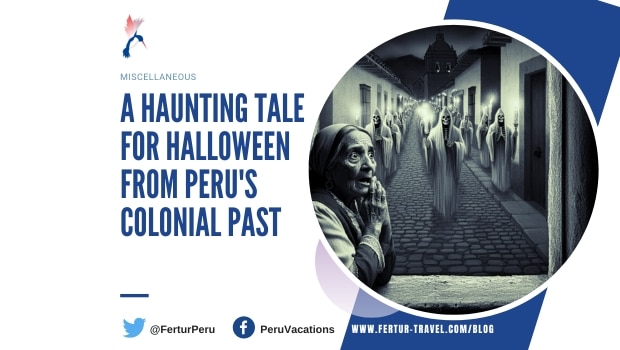
A Haunting Tale for Halloween from Peru’s Colonial Past
In colonial Peru, a nosy widow witnessed a ghostly procession of skeletal figures carrying burning bones – and received a terrifying warning. Happy Halloween!
This story was originally published by Horacio H. Urteaga, one of Peru’s most distinguished historians and scholars of the early 20th century.
The Ghostly Procession of Cajamarca
While most travelers know Cajamarca as the site of the dramatic encounter between Francisco Pizarro and the Inca emperor Atahualpa, there’s another, tale — almost as chilling — that has been passed down through generations: the story of The Procession of Death.
Around the year 1620, the city of Cajamarca was a sorrowful town inhabited by few Spanish families of nobility.
The ancient northern metropolis of the Inca Empire, once a central domain of the Caxamarcas and a delightful residence of the Inca, had lost its importance under colonial rule.
After Atahualpa fell in 1533, the Spanish forces moved to Cuzco, leaving Cajamarca to decline. The city was granted to Melchor Verdugo, a companion of Pizarro and a valiant infantryman in the capture of the Inca. Verdugo governed his encomienda from Trujillo, where he resided. He only visited his Cajamarca estates twice a year, according to chronicler Gutiérrez de Santa Clara.
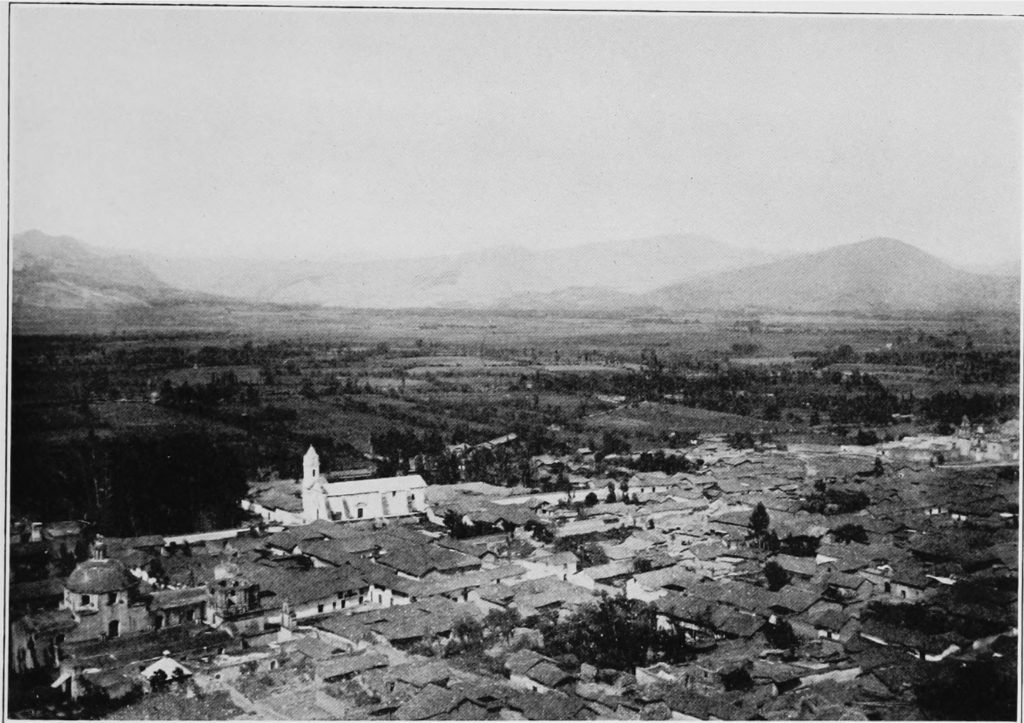
A City of Ghosts and Whispers
The city’s grand plazas and ancient stone walls, which once echoed with the footsteps of Inca nobility, now stood as silent witnesses to a transformed world.
Among the handful of Spanish residents was a widow named Doña Jordana, known throughout the small community for her keen interest in others’ affairs. She was an ardent gossiper and rumor-monger of unkind spirit.
One night, Doña Jordana witnessed something from her window.
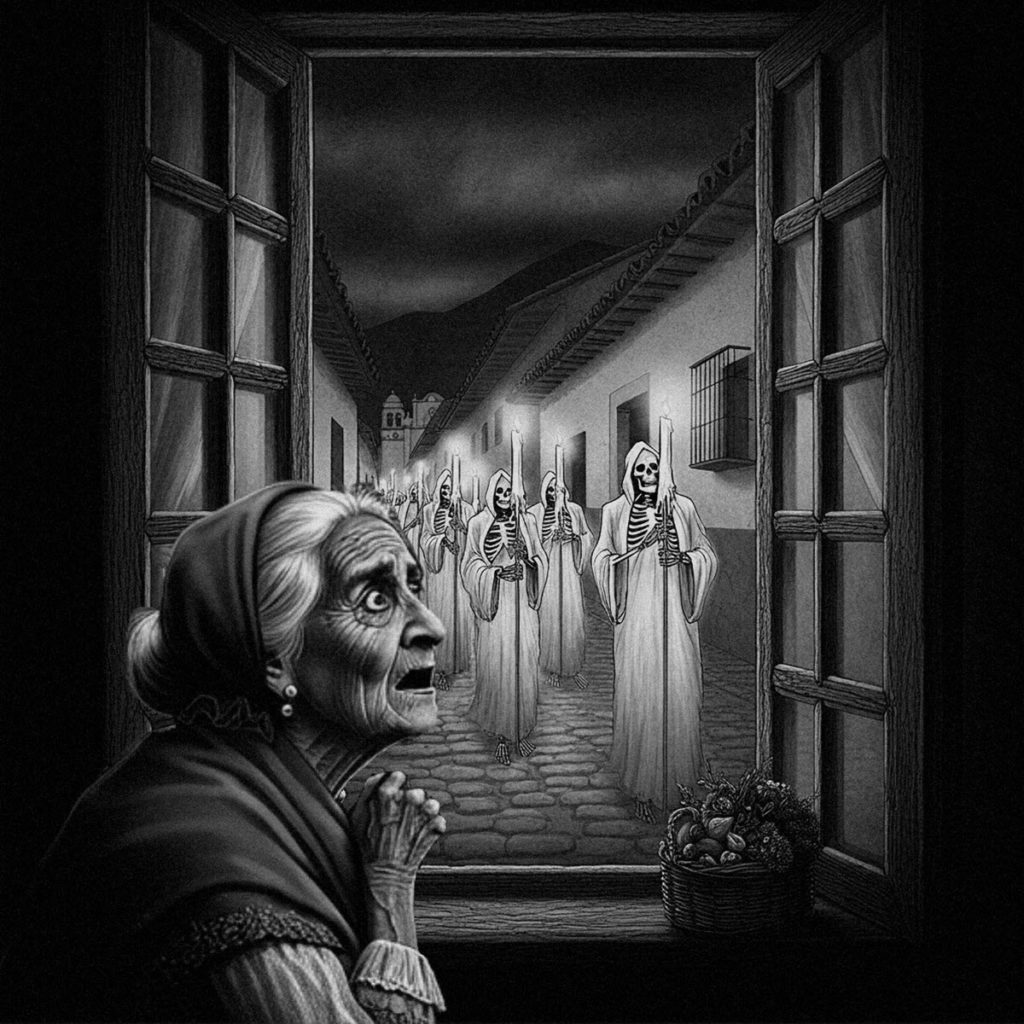
The Night That Changed Everything
Through the misty Cajamarca night came a solemn funeral procession advancing through the streets to the sound of mournful music.
The devout participants, dressed in white, carried large, glowing candles that emitted an eerie bluish light.
As the widow watched, she saw something that made her blood run cold.
The people in the procession were not ordinary citizens; they were skeletons, covered in long white shrouds. They held bones alight like candles, walking hunched over while chanting a funeral psalm.
Doña Jordana, frozen in terror, realized that the servant women accompanying her had fallen into a deep sleep, oblivious to the ghastly spectacle she was witnessing.
A Warning from Beyond
As the spectral parade approached her window, one of the skeletal figures stepped forward and spoke:
“Judgmental gossip, you still have time to repent of your sins. Ask God for mercy and seek forgiveness from those your tongue has wronged.”
The figure presented her with a burning bone — a macabre countdown to her final hours.
“Take this candle that burns from the afterlife,” the ghastly specter said, “for in two days, you will join this mournful procession as its penitent.”
The Price of Redemption
Doña Jordana collapsed in a faint, and when she regained consciousness at daybreak, she felt weak and aged beyond her years. She was stricken with mortal sadness, knowing that her end was near.
Two days later, true to the apparition’s word, her body was found lifeless, with the mysterious bone that had been handed to her by the spectral figure still burning beside her. The procession had claimed its next victim.
[Peru: Historical Sketches; Archaeological, Traditional, and Historical-Critical Studies – 1919]
A Lesson for Modern Travelers
Today, as you walk through Cajamarca’s historic center, past its magnificent colonial churches and along its narrow cobblestone streets, remember Doña Jordana’s tale.
It serves as more than just a ghost story — it’s a reminder of how the past lives on in the present, and how the weight of our actions follows us, even in the most remote corners of the world.
Take a moment to pause in one of the colonial squares. Listen to the whispers of history in the wind, and remember that sometimes the most powerful tales are those that remind us of our own mortality — and the importance of living a life worthy of remembrance.
Read Other Haunting Stories from Peru
Explore more spooky folklore, myths, and ghostly stories from Peru’s mysterious sites and legends.
Visiting Cajamarca Today
While you won’t encounter any spectral processions, Cajamarca is a city where tradition and history are very much alive. Its well-preserved colonial architecture, thermal baths, and nearby Inca ruins make it a fascinating destination for those seeking to explore Peru beyond the usual tourist trail.
The city’s famous dairy products and rich cultural heritage have earned it recognition from UNESCO as “Historical and Cultural Heritage of the Americas.”
Travel Tip: Cajamarca is located approximately 9,020 feet (2,750 meters) above sea level in northern Peru. The best time to visit is during the dry season (May to October), when the weather is most favorable for exploring both the city’s historic center and its surrounding archaeological sites.
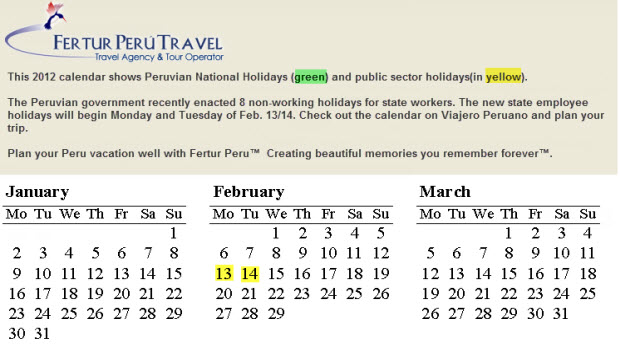 Fertur 2012 Travel Calendars
Fertur 2012 Travel Calendars 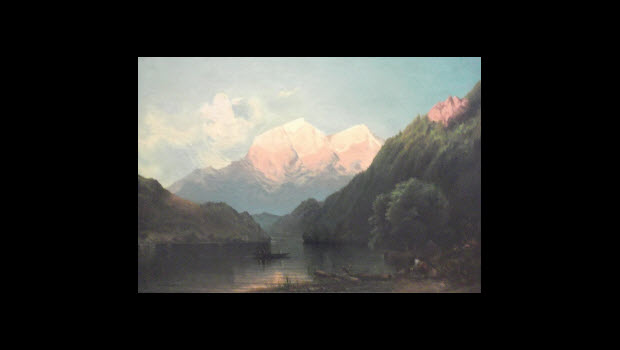 Weight loss in Peru scientifically proven
Weight loss in Peru scientifically proven 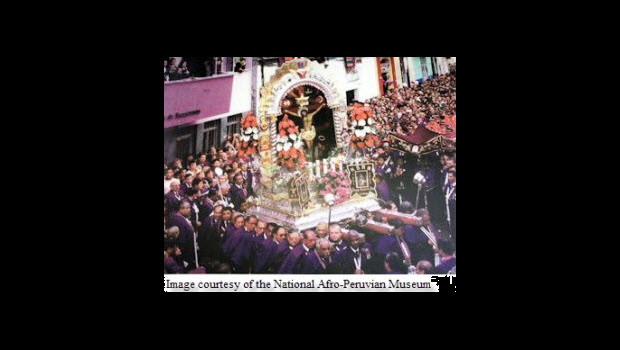 Lord of Miracles on the job this morning!
Lord of Miracles on the job this morning! 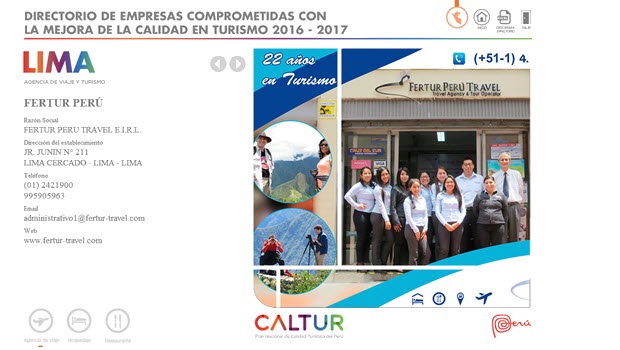 Fertur Peru Travel Again Earns CALTUR Seal of Tourism Quality
Fertur Peru Travel Again Earns CALTUR Seal of Tourism Quality 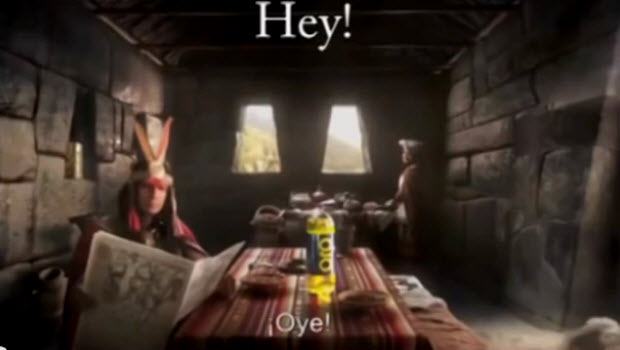 An Inca family and the fizzy sugar beverage
An Inca family and the fizzy sugar beverage 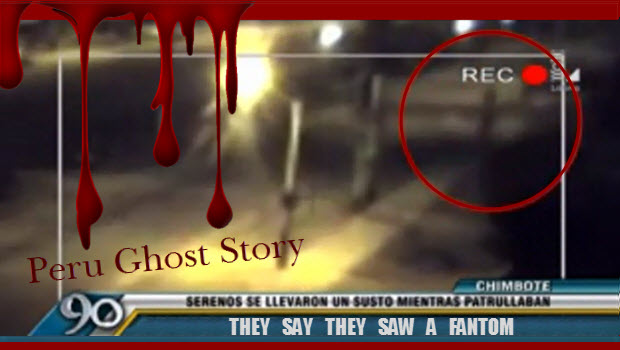 Spooky Pre-Halloween Sighting By Security Patrol in Peru
Spooky Pre-Halloween Sighting By Security Patrol in Peru 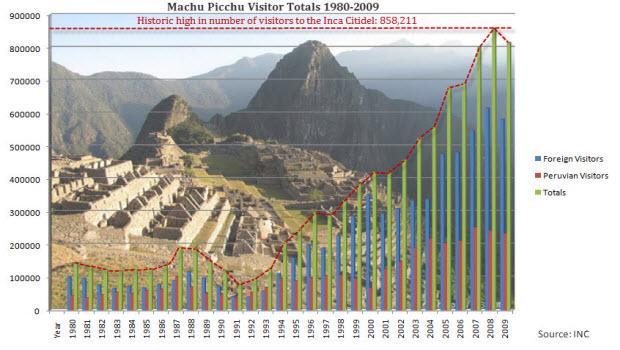 UNESCO Chief: ‘Machu Picchu is a victim of its own success’
UNESCO Chief: ‘Machu Picchu is a victim of its own success’ 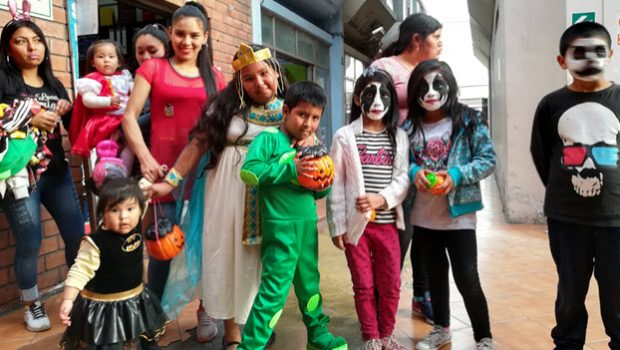 Do they celebrate Halloween in Peru?
Do they celebrate Halloween in Peru?